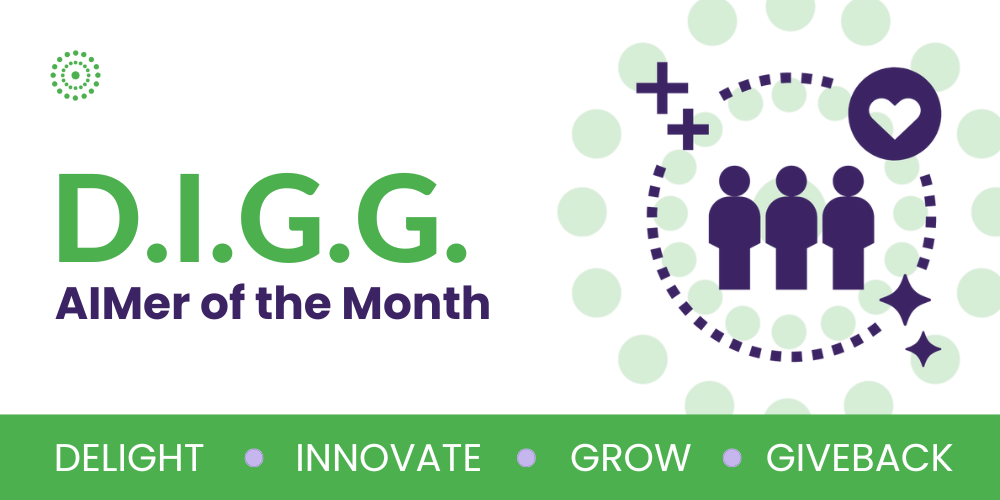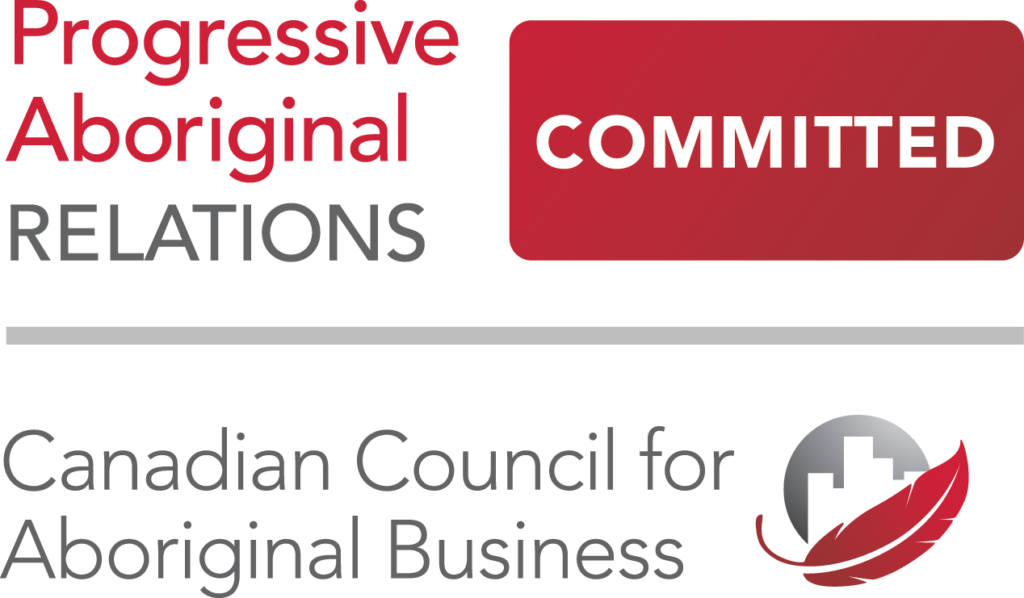In lead generation—whether B2B or B2C—finding leads is often the easy part. The real challenge lies in attracting the right leads and converting them into valuable, long-term customers. Whether you’re using CPL (usually for B2B) or CPA (a favorite in B2C), the aim is the same: generate quality leads that convert.

CPA and CPL: Same Goal, Different Paths
CPA and CPL may seem like opposites, but both are just routes to conversion. CPA focuses on immediate sales, making it ideal for impulse buys and limited-time discounts. On the other hand, CPL takes a longer-term approach. It centers on nurturing leads with tailored content, building trust, and fostering long-term relationships.
CPL in B2B vs. B2C
In B2B: CPL shines by supporting the long sales cycles typical of B2B, allowing teams to target high-value leads with a structured nurturing approach. Precision targeting with CPL can increase conversion odds.
In B2C: While CPA has been king, especially for quick transactions, CPL is increasingly vital for subscription models or products needing a relationship-driven approach. As third-party cookies phase out, first-party data collection via CPL strategies will be essential for personalizing customer journeys. According to The Customer Data Platform Resource, a whopping 92% of marketers believed using first-party data was critical to their growth.
The Takeaway: Precision and Personalization
Whether B2B or B2C, lead gen relies on attracting the right people and nurturing them thoughtfully. CPL and CPA both have their strengths, but understanding when to use each can boost results. More B2C brands are realizing that CPL’s relationship-building strengths bring longer-term value, making CPL a powerful strategy for sustainable growth.
In the end, CPL is shaping up as CPA’s new power move. Brands focusing on longevity and customer loyalty may find it’s the winning strategy for steady, scalable growth.
If you would like to learn more about lead generation and which method is right for your strategy, contact an expert today!











